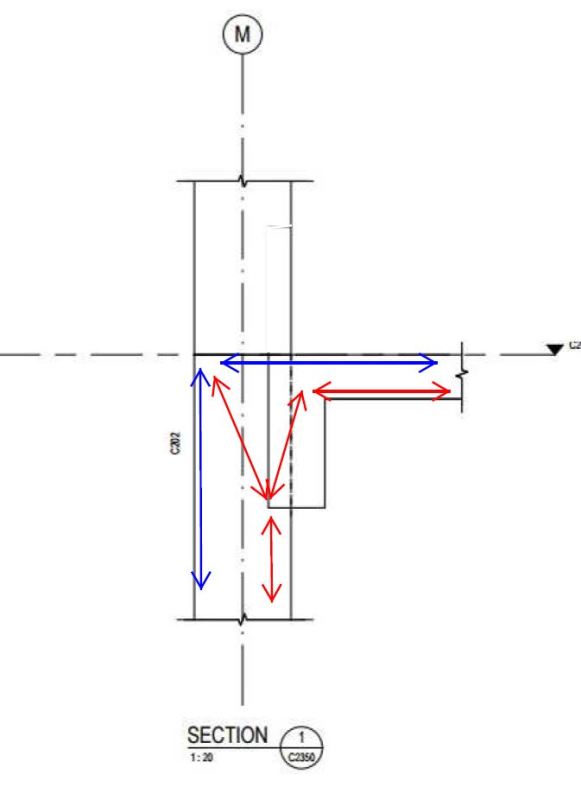Hi all,
I'm trying to find ways of making the below detail work.
I'm using AS3600 currently, but am definitely open to other code's justification. I know we are pretty conservative when it comes to punching shear.
At this stage the Arch. is aiming for "X" to be 200mm, however I can only seem to squeeze 400kN punching shear capacity out of the configuration below.
Does anyone have any suggestions or point me towards material that can help me justify the smallest possible "X" dimension?
Thanks

"Shibby right..."
I'm trying to find ways of making the below detail work.
I'm using AS3600 currently, but am definitely open to other code's justification. I know we are pretty conservative when it comes to punching shear.
At this stage the Arch. is aiming for "X" to be 200mm, however I can only seem to squeeze 400kN punching shear capacity out of the configuration below.
Does anyone have any suggestions or point me towards material that can help me justify the smallest possible "X" dimension?
Thanks

"Shibby right..."


